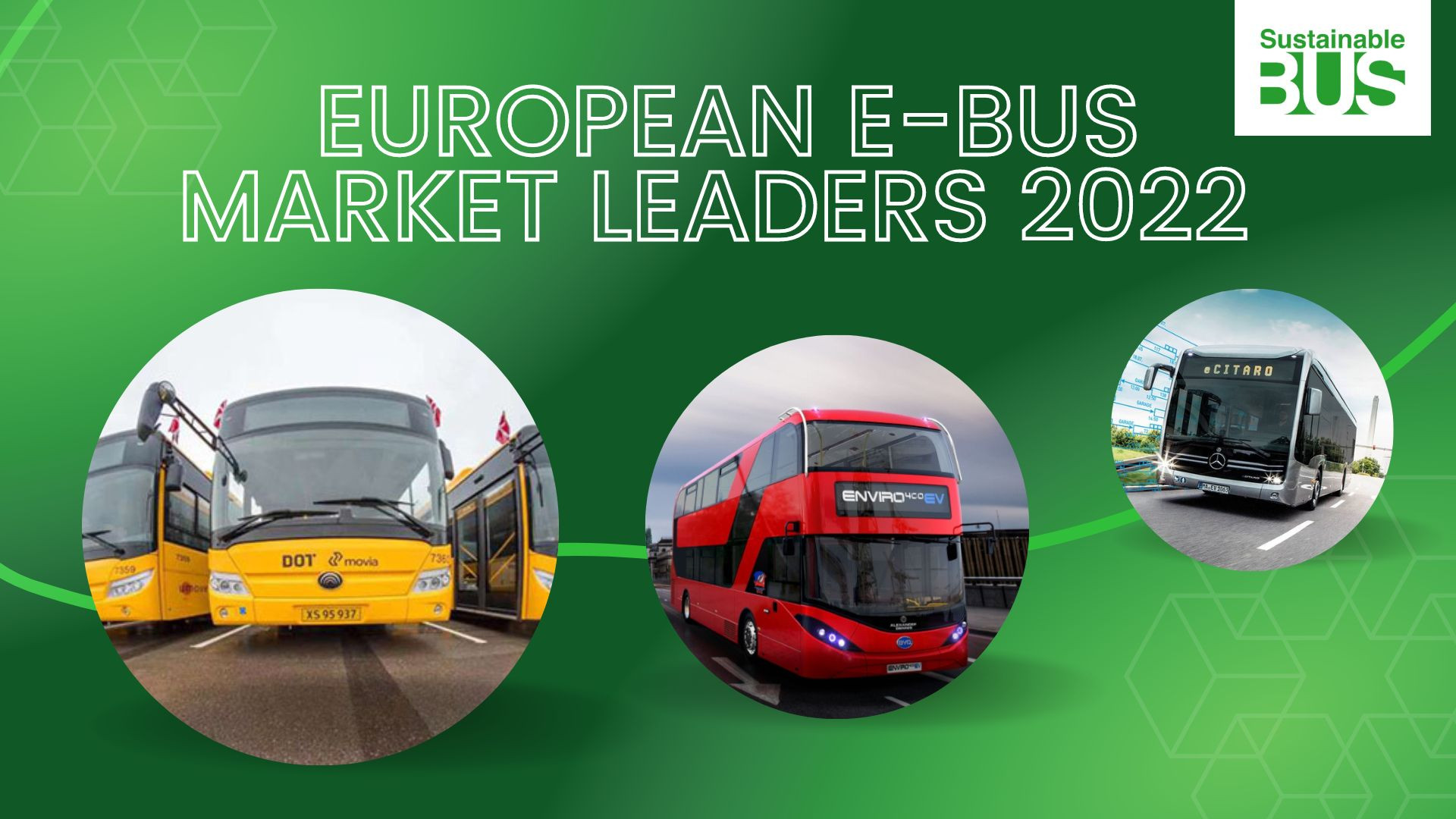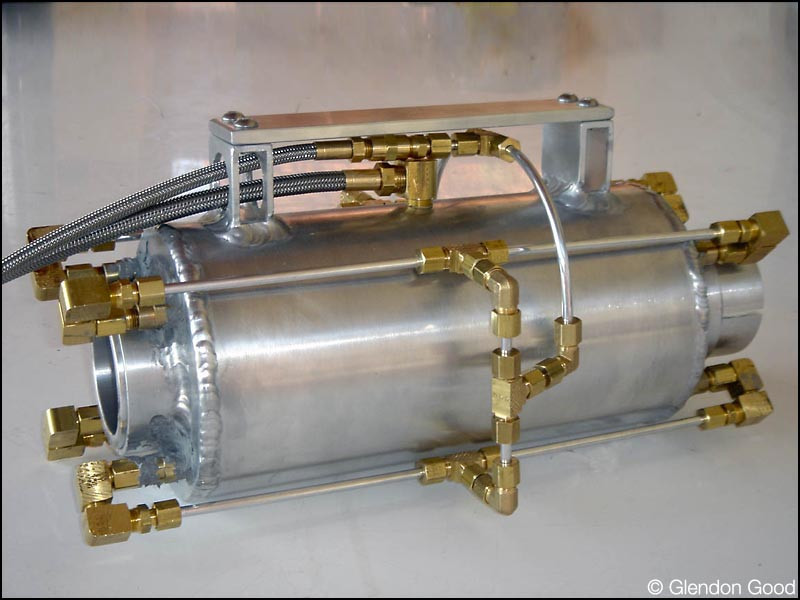The Rise of Electric Buses: A Sustainable Future for Urban Mobility
The electric bus market is experiencing a rapid transformation, fueled by growing concerns about climate change and air pollution. Governments worldwide are enacting stricter environmental regulations and incentivizing the adoption of electric buses as a cleaner and more efficient alternative to traditional diesel-powered buses. This shift towards electric buses is not just an environmental necessity; it's also driven by the potential for cost savings and improved urban mobility.
Market Drivers and Growth Projections
The electric bus market was valued at $15.90 billion in 2024 and is projected to grow at a compound annual growth rate (CAGR) of 15.14%, reaching $65.10 billion by 2034. This impressive growth trajectory is attributed to several key factors:
- Stringent Environmental Regulations: Governments around the world are implementing stricter emission standards for public transportation vehicles. The European Union's Clean Vehicle Directive and the U.S. Federal Transit Administration's (FTA) Low or No Emission Vehicle Program are examples of initiatives that incentivize the adoption of electric buses.
- Government Incentives and Funding: To encourage the transition to electric buses, governments are providing financial support in the form of grants, subsidies, and tax breaks. This support includes funding for both the purchase of electric buses and the development of charging infrastructure.
- Technological Advancements: Electric bus manufacturers are continuously improving battery technology, increasing range and reducing charging times. The introduction of autonomous driving features and smart grid integration is further enhancing the appeal of electric buses.
A Focus on Innovation
The electric bus market is characterized by innovation and rapid technological advancements. Manufacturers are focusing on improving battery longevity, energy efficiency, and passenger comfort. The introduction of autonomous driving features and smart grid integration is transforming the market and paving the way for a future of connected and efficient transportation.
Major Players and Market Trends
Several major companies are actively shaping the electric bus market, including:
- BYD Company Ltd.
- Proterra, Inc.
- AB Volvo
- Daimler AG
- Scania AB
- Iveco
- VDL Groep bv
- NFI Group
- Xiamen King Long United Automotive Industry Co., Ltd.
- Yutong Bus Co., Ltd.
- TATA Motors
- Ebusco
- JBM Group
- Ashok Leyland
- Blue Bird Corporation
These companies are developing innovative electric bus models, investing in charging infrastructure, and collaborating with governments and transit agencies to promote the adoption of electric buses.
Key Market Segments
The electric bus market is segmented based on various factors, including:
- Application: City/transit buses, coaches, midibus, school buses, and others.
- Propulsion: Battery electric vehicles (BEVs), fuel cell electric vehicles (FCEVs), and others.
- Battery Type: Lithium-ion batteries (LFP, NMC, NCA, and others) and other batteries.
- Length of Bus: Up to 9 meters, 10-14 meters, and above 14 meters.
- Seating Capacity: Up to 40 seats, 41-70 seats, and above 70 seats.
- Level of Autonomy: Semi-autonomous and autonomous.
- Range: Up to 200 miles and above 200 miles.
- Battery Capacity: Up to 400 kWh and above 400 kWh.
- Motor Power Output: Up to 250 kW and above 250 kW.
- Charging Type: Plug-in charging, inductive charging, overhead charging, and in-depot charging.
Regional Analysis: A Global Shift Towards Sustainable Transport
The electric bus market is experiencing strong growth in all major regions, with North America and Asia-Pacific leading the charge. Europe and other regions are also seeing significant investments in electric bus infrastructure and technology.
North America: A Pioneer in Electric Bus Adoption
North America has emerged as a frontrunner in electric bus adoption, driven by ambitious targets set by government agencies like the California Air Resources Board (CARB). CARB has mandated a transition to 100% zero-emission buses for all public transit agencies in California by 2040. This initiative has spurred significant investments in electric bus technology and infrastructure in the region.
Asia-Pacific: A Hub for Electric Bus Manufacturing and Deployment
Asia-Pacific is another major market for electric buses, with China leading the way in both manufacturing and deployment. The Chinese government has set ambitious targets for the adoption of electric buses, and its investments in charging infrastructure are crucial to supporting the growth of the electric bus fleet.
The Future of Electric Buses: A Promising Outlook
The electric bus market is poised for continued growth, driven by several factors, including:
- Increasing Environmental Concerns: The growing awareness of climate change and air pollution will continue to drive the demand for sustainable transportation solutions.
- Technological Advancements: Innovation in battery technology, autonomous driving, and smart grid integration will further enhance the efficiency and appeal of electric buses.
- Government Support: Governments worldwide are expected to continue their support for electric bus adoption through policies, funding, and infrastructure development.
Embracing the Electric Revolution
The transition to electric buses is not only about reducing emissions and improving air quality, it's also about creating a more sustainable and efficient urban transportation system. As cities around the world embrace electric buses, we can look forward to a future of cleaner, quieter, and more connected transportation systems.

















